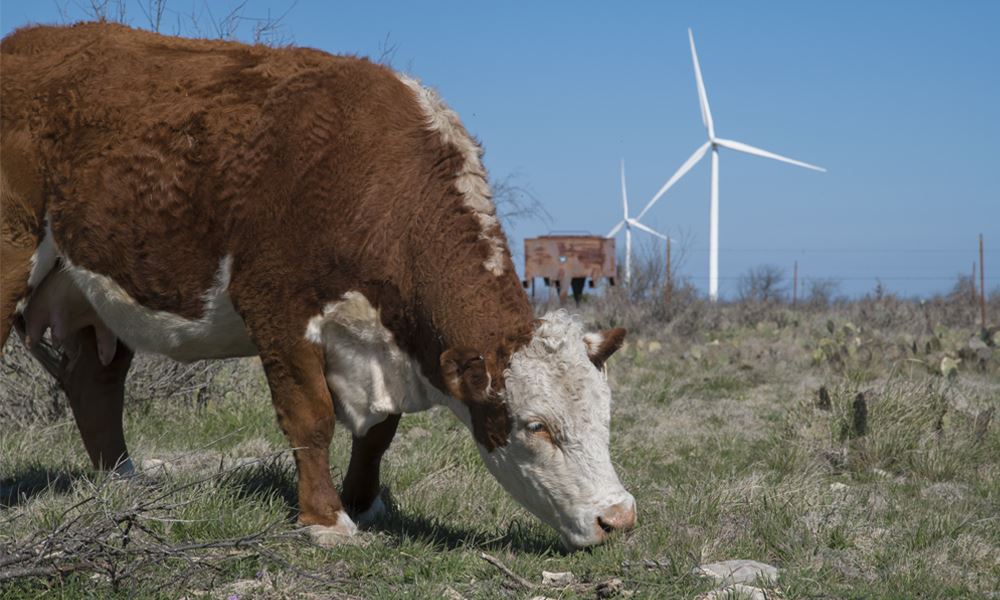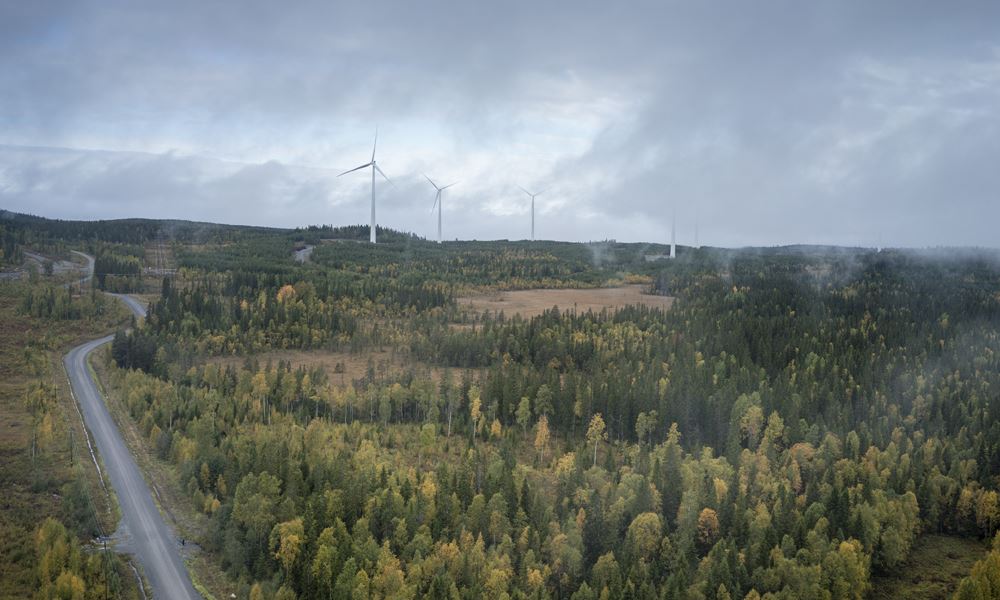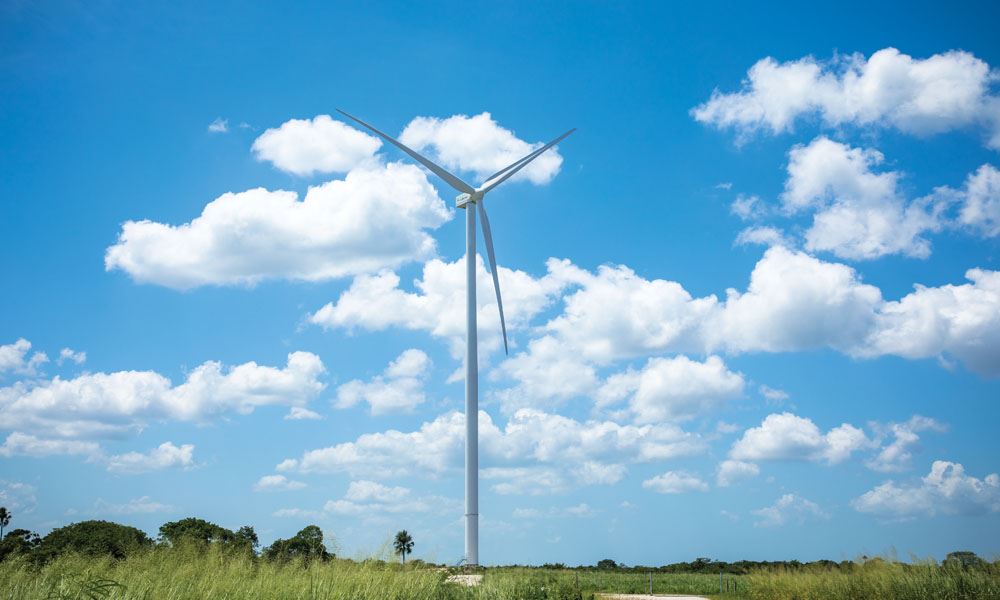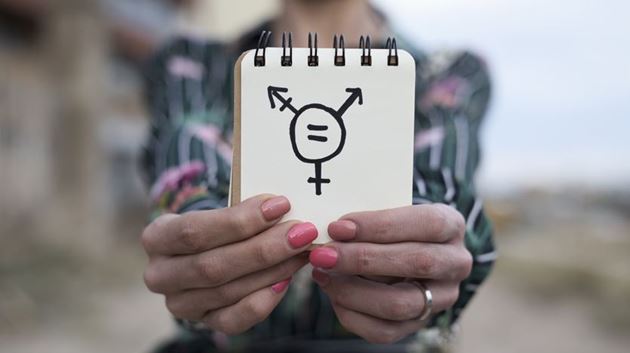
Countries around the globe unite in the critical battle against climate change
Madrid / 05 July 2021
The United States and the European Union are leading this crucial battle, while other countries, such as China, are far from tackling our planet's rising temperatures. Climate change is a global challenge, yet not all countries are as ambitious in taking action to combat it, nor do they have the same level of commitment. The following article takes us on a journey through each country's climate goals and how they are planning a "green recovery" after the economic crisis caused by the pandemic. Many of the climate agreements were recently announced at the virtual climate summit hosted by the United States on the 22nd-23rd of April, which signaled each country's fervent return to the fight for a greener planet. The agreements outlined ambitious goals of reducing emissions by 50-52% by 2030.
One of the highlights from the summit was the US announcing their return to the Paris Agreement, which represents a considerable step forward for the future of our planet. The main goal, which is to cut emissions in half by 2030, was announced by President Joe Biden.
Biden has pledged to make the US electricity sector carbon-free by 2035 and to eliminate total emissions by 2050.

This is an essential shift in the policy followed so far by the North American country; it is important to note that his predecessor, Donald Trump, withdrew from the Paris Agreement in 2017 and repealed environmental laws and decrees. Furthermore, during his speech at the summit, Biden announced that he will contribute 5.7 billion dollars to the climate adaptation aid fund for countries with fewer resources. With this policy shift, the EU and the US are once again working together to combat climate change and will form an international coalition in the run-up to the United Nations Climate Change Convention (COP26) in Glasgow in November.
Achieving climate neutrality by 2050 is the main objective of the European Climate Law Green Deal. But what is climate neutrality and how do EU Member States intend to achieve it? It will be achieved when the greenhouse gases emitted into the atmosphere are equal to the levels of greenhouse gas removals, thus achieving a zero balance. The 27 counties that comprise the EU are making the first steps to achieve this by working to reduce emissions by 55% by 2030. Achieving this objective involves the revision of the Renewables Directive, which will be presented on 14 July by the European Commission.
The UK is emerging as the leader in the international race to achieve carbon neutrality by 2050. The Anglo-Saxon country is committed to reducing emissions by 68% in 2030 and 78% in 2035. The first steps will be a ban on the sale of polluting cars from 2030 and it’s a commitment to offshore wind energy with the aim of reaching 40GW of offshore wind production by 2030. Following closely behind the UK, the Netherlands passed its climate law in 2019 with the goal of reaching a 95% emissions reduction and carbon neutrality by 2050.
German President Angela Merkel signaled at the summit that by 2038 her country would stop sourcing electricity from coal, a move that is already underway as renewables account for 47% of Germany's energy sources.Merkel’s goal is to achieve climate neutrality by 2045. And Germany has committed to reducing emissions by 65% in 2030.
On the other hand, the Nordic countries play an important role in the fight against climate change. The first state to implement climate regulation was Finland in 2015, aiming for an 80% emissions reduction by 2050 and climate neutrality by 2035. On the other hand, in 2017, climate legislation came into force in Norway and Sweden. Sweden passed a zero-emissions law by 2045 that includes a 63% emissions reduction by 2030, while Norway aims for a 55% emissions reduction by 2030 and climate neutrality by mid-century. In 2019, Denmark passed its climate change law, which puts emission reductions at 70% and aims to reach emission neutrality by 2050.

These objectives contrast with Mexico's energy policy shift. Andrés Manuel López Obrador has put a brake on the deployment of renewables in the country, giving preference to hydroelectric and fossil fuel plants of the Federal Electricity Commission (CFE). López Obrador indicated during the summit that he is establishing measures against deforestation and highlighted the modernization of hydropower in the country. However, he did not mention any measures to reduce emissions.

Brazil's president, Jair Balsonaro, assured the summit that his country will have net-zero emissions by 2050, ten years earlier than expected, and outlined his commitment to combatting illegal deforestation in the Amazon by 2030. In 2020, fires ravaged the Amazon, and 1.7 million hectares of forest were lost, 25% more than the previous year, according to the Global Forest Watch Annual Report.
Russian President Vladimir Putin plans to achieve carbon neutrality in the second half of the 21st century. Russia will implement it’s a climate strategy to reduce greenhouse gas emissions this year.
China and India, two of the world's biggest polluters, have not shown a clear commitment to the environment. Chinese President Xi Jinping pledged at the summit to be carbon neutral by 2060, although he did not announce any measures to suggest that this goal is achievable. Currently, China is ranked as the most polluting country. According to the International Energy Agency (IEA), it is responsible for around 28% of global CO2 emissions. I India also has a high level of pollution, and according to the IEA, it generates 70% of its energy from coal. The country did not set a deadline for climate neutrality at the virtual summit. However, Prime Minister Narendra Modi stressed that his 2030 target is to have 450GW of renewables installed and he claimed he aims to reduce emissions by 33-35% by 2030.
On the other hand, Australia and New Zealand are working hard to combat climate change. Australia passed its Climate Change and Energy Transition Act in 2018 and aims to reduce emissions by 26-28% by 2030 and 80% by 2050. Its measures include investment in low-emission technologies and a commitment to clean energy. According to data from the Clean Energy Council, the main source of renewable energy in 2020 was wind power, which attributed to9.9% of the total energy generated in Australia. Meanwhile, New Zealand's prime minister, Jacinta Ardern, announced during the summit that her country will be carbon neutral by 2050 and will generate all its energy from renewables by 2035. She envisages half of all vehicles being electric by 2035 and an end to imports of petrol and diesel cars by 2032 and she outlined a commitment to reducing the livestock industry.
In the Pacific Ocean there is also another country committed to the fight against climate change: Japan. The Japanese prime minister, Yoshihide Suga, who came to power at the end of 2020, pledged at the summit to reduce emissions by 46% by 2030 and to reach zero levels by 2050. An environmental milestone that will mean a decarbonization transformation of Japan's leading industries. In addition, on the 27th May they signed an agreement with the European Union to cooperate in the fight against climate change and to intensify renewable technologies.
The economic constraint of the least developed countries is the greatest handicap to achieving global emissions neutrality by 2050. According to UN figures, Third World countries would have to invest 70 billion dollars to be able to level the playing field against climate change compared to more industrialized regions. Therefore, some countries in Southeast Asia or Africa cannot economically be part of the green transition, which is why external financing is essential. If we do not unite in this paramount fight against climate change, we have a daunting future ahead. It is up to all of us to come together and react now.



